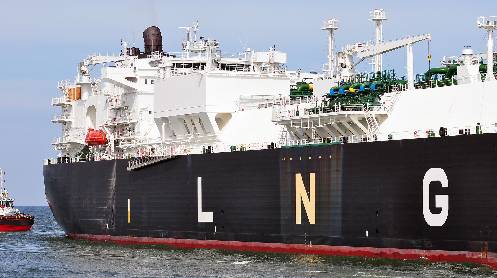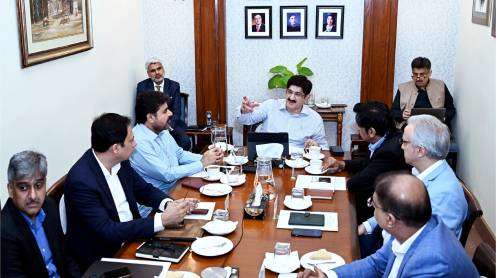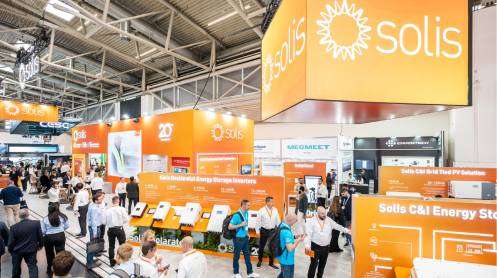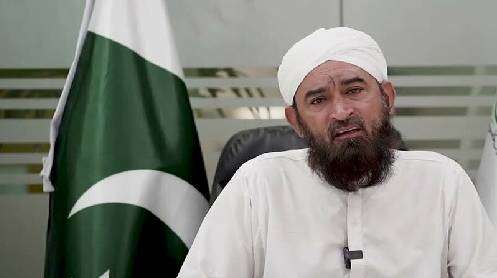ISLAMABAD: The International Monetary Fund (IMF) has proposed aligning gas tariffs for captive power plants (CPPs) with re-gasified liquefied natural gas (RLNG) prices, effective February 1, 2025, as part of efforts to recover the full cost of energy.
Previously, the government had agreed to disconnect gas supply to CPPs, citing inefficiency and the supply of electricity to these plants from the national grid at subsidized rates. Accountability authorities had earlier deemed the practice of providing gas to CPPs at discounted rates a criminal offense, emphasizing the need to prioritize efficient power plants.
In a recent Cabinet Committee on Energy (CCOE) meeting, the Petroleum Division briefed members on the IMF’s recommendation to cut gas supplies to CPPs by January 2025, transitioning them to electricity sourced from the national grid. The IMF also suggested imposing a federal levy on CPPs to generate revenue for retiring circular debt, which has severely strained Pakistan’s energy sector.
The proposal includes aligning CPP gas tariffs with the full rupee cost of RLNG, beginning in February 2025, while penalizing CPPs that fail to connect to the national grid. The revenue from the levy could be used to reduce circular debt or lower power tariffs for consumers.
However, textile industry-owned CPPs, which owe billions in gas infrastructure development cess and have resisted paying cotton cess, have expressed reluctance to accept the proposed tariff hikes and levies.
The CCOE noted that disconnecting gas supply to CPPs is a challenging option, both contractually and legally, and stressed the need for further negotiations. The committee acknowledged the complexities of imposing a levy and advised deliberation on legal and operational implications before reaching a final decision.
The discussions continue as the government seeks a balanced solution that aligns with the IMF’s recommendations while addressing industry concerns.
Story by Zafar Bhutta








